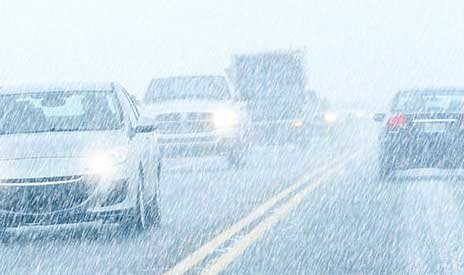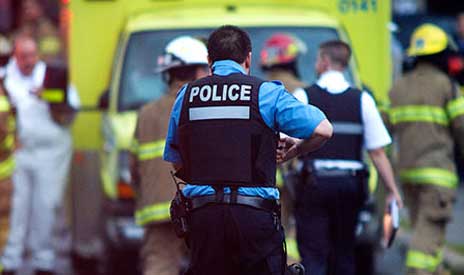Fatal Vehicle Accidents
It’s hard to put a price on a human life, but that’s what the National Highway Transportation Safety Administration attempted to do in its report, “The Economic and Societal Impact of Motor Vehicle Crashes, 2010.” The report, which was revised in 2015, estimated the financial cost of fatal vehicle accidents in 2010 to be $46.2 billion. But the comprehensive costs were $301 billion. Comprehensive costs include factors like loss of future earnings potential and quality of life for survivors.
When families lose a loved one in a fatal vehicle crash, they need the help of personal injury attorneys who can help them get the compensation they are due. Aside from immediate expenses such as funeral costs and property damage, the long-term financial impact of a fatal crash can be significant, especially if the deceased was the family’s primary income-earner.
The compassionate attorneys at Bley & Evans have worked tirelessly on behalf of people in and around Columbia whose loved ones have died in vehicle crashes. Call us today to ask for your free, no-obligation consultation, at 844-443-8385.
Prevalence of Fatal Vehicle Accidents in Missouri
According to an analysis released in February 2016, 766 people died in Missouri vehicle accidents in 2014. That analysis from the Insurance Institute for Highway Safety also shows that Missouri had 12.6 vehicle deaths per 100,000 people, which is about average, compared to other states. (Wyoming had the highest rate of fatal crash deaths – 25.7 per 100,000 people – and the District of Columbia had the lowest rate, at 3.5 per 100,000.)
While Missouri’s deadly crash rate isn’t particularly high, any fatal crash is one too many.
Causes of Fatal Crashes
Nationwide, and in Missouri, “Failure to keep in proper lane” is the top cause of fatal crashes. That’s a fact illustrated in accident reports from the Missouri State Highway Patrol.
Of the nine Boone County traffic-crash fatalities that occurred between January and November of 2016, five deaths occurred in head-on crashes where one of the drivers involved had crossed the center line of the roadway.
There are a number of reasons drivers may accidentally leave their lane – for example, a sudden medical problem, drowsiness, or the effects of intoxication. But distracted driving is one of the most common reasons for lane departure, and in Columbia, it was the leading cause of all crashes from 2005 to 2015.
Distracted Driving and Fatal Crashes
Distracted driving includes behaviors such as:
- Texting
- Using a cellphone or smartphone
- Manipulating devices inside a vehicle (such as a radio, navigational system, or MP3 player)
- Grooming
- Eating or drinking
- Talking to – or being distracted by – passengers.
Much of the focus nationwide for reducing distracted driving crashes has been on educating teen drivers. But distraction is a problem for drivers of all ages.
According to the Centers for Disease Control and Prevention, nearly 10 percent of all teen vehicle crash deaths involved distracted driving. Close to half of all high schoolers who drive reported sending a text while driving within the past 30 days.
One study looked at older drivers’ ability to “multitask” while driving and found that they may be at greater risk of a crash than younger drivers when driving while distracted. Researchers asked drivers between age 65 and 89 and between ages 40 and 64 to complete a Paced Auditory Serial Addition Task while driving. The task requires drivers to mentally add single digits as they drive, which is believed to create the same type of distraction as being involved in a conversation while driving.
While performing the mental task, all drivers in the study made driving errors that included crossing the center line and speeding. The oldest age group made “significantly more” safety errors, researchers reported, saying the results of the study suggest that age does affect one’s ability to drive when a distraction is present.
Alcohol as a Factor
In 2014, 9,967 people died in alcohol-impaired driving crashes in the United States, according to the Centers for Disease Control and Prevention. Missouri had a higher rate of alcohol-related fatalities than the national average between 2003 and 2012, a period during which 3,314 in the state died in alcohol-related crashes.
Negligent Drivers
Drinking and driving is the most easily prevented cause of serious and fatal crashes. Distraction, too, can usually be avoided. Yet drivers continue to engage in these negligent driving behaviors, even though they know those behaviors increase the risk of a crash.
If your family member was killed by a negligent driver, we want to help you pursue justice for your loss. Request your free consultation today by filling out our online form or by calling us at 844-443-8385.














